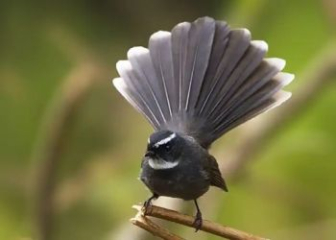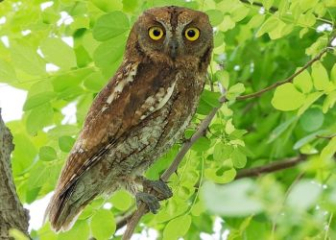teal bird - Learn about this friendly, easy-to-raise water bird
Blog | by
The teal bird (brown teal, egret) is one of the wild birds with high nutritional and economic value, very popular in Vietnam. Find out more here.
The teal bird (scientific name: Dendrocygna javanica) is a valuable and popular wild water bird in Vietnam. It is not only considered a beautiful ornamental bird but also a delicious and nutritious “regional specialty”, loved by many people.
To learn more about the teal bird as well as tips for raising this bird species to achieve high economic efficiency, please refer to the article below by nicebirds !
Information about the teal bird :
|
Scientific name |
Dendrocygna javanica |
|
Common name |
Egret, brown egret, stork |
|
Source |
South Asia. Southeast Asia |
|
Set |
Anseriformes - Geese |
|
Surname |
Anatidae - Ducks |
|
Size |
38 - 42 cm, weight: 300 - 500g |
Origin & distribution of teal birds
Le le is a water bird native to Asia.
The teal has the scientific name Dendrocygna javanica, commonly known as the teal, brown teal or mallard. This is a native bird of Asia, originating mainly from swamps, rivers and freshwater lakes in Southeast Asia and South Asia. They were first scientifically described in 1821 by the naturalist Horsfield.
Currently, le le has a wide distribution range throughout tropical regions of Asia, specifically as follows:
- Southeast Asia : Vietnam, Laos, Cambodia, Thailand, Malaysia,...
- South Asia : India, Bangladesh, Nepal.
- East Asia : China, Taiwan,
In Vietnam, le le is widely distributed throughout the country but is most abundant in the Mekong Delta.
Appearance of teal bird
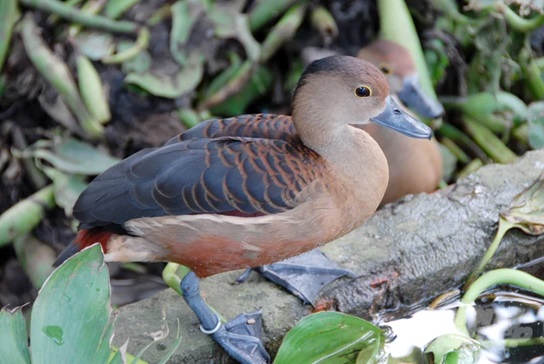
The impressive appearance of a teal bird.
Le le is one of the water birds that is easily recognizable thanks to its characteristic plumage and graceful appearance. Let's learn more about their appearance.
- Length : 38 - 42 cm
- Wingspan : 70 - 85 cm
- Weight : 300 - 500g
- Head and neck : Light golden brown, with a dark streak at the back of the neck.
- Chest and belly : Light yellowish brown, belly slightly creamy white.
- Back and wings : Dark brown with prominent black stripes that look like fish scales.
- Tail : Short, black.
- Legs and beak : Light black or gray.
- Eyes : Large, dark brown, clear eye rims.
- Neck : Long, tall, different from normal ducks.
- Distinguishing between male and female teal : There is no clear difference between male and female teal.
Habits and behavior of teal birds
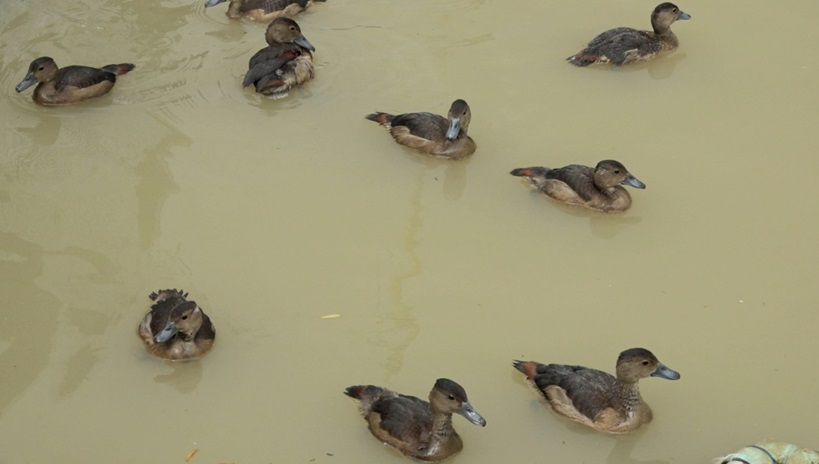
Le le like to live in herds.
Let's learn in detail about the characteristics and behaviors of teal birds to understand them better!
Prefers to live in groups and is active during the day
Le le are diurnal birds, especially in the early morning and late afternoon, when they go out to forage and find mates. During the hot midday sun, they will seek a shady, quiet place to rest. They usually rest on land or in low bushes near the water.
Le le also like herd life, often gathering in large flocks of several dozen to several hundred individuals, especially during non-breeding times.
Is an aquatic herbivore
Le le love to eat aquatic plants such as seeds of aquatic plants, water grass, tree roots,... Besides, they can also eat some small animals such as water larvae or small crustaceans in the water.
Is a seasonal local migrant
Le le are local migrants, depending on the environment or season, they will move east-west or north-south. When the water source in their habitat gradually dries up in the dry season, they will immediately move to areas with more water.
Communicate with distinctive sounds
Lele birds communicate with each other using characteristic calls, such as buzzing or repetitive calls. Especially when threatened or frightened, the whole flock will call in unison and take flight at the same time, creating a very beautiful sight.
Reproductive behavior
Le le birds have very interesting reproductive habits, let's learn more here.
- The breeding season of teal in Vietnam falls from March to July, depending on the region.
- Lele birds build their nests on the ground or in bushes near water or thick grass, tree holes...
- Each litter of female teal lays from 6 to 12 eggs, the eggs are creamy white or ivory white.
- Both male and female birds take turns incubating and protecting the eggs.
The value of the le le bird
Nowadays, teal is not only an interesting ornamental water bird but also brings high economic efficiency thanks to the nutritional value it brings. Let's find out more details here.
High economic value
Nowadays, gourmets consider teal as a regional specialty, so they have a very high price, ranging from 400,000 - 500,000 VND/bird. And an important thing is that this water bird is easy to raise and easy to breed, so it creates extremely stable profits.
Nutritional value
Le le meat is delicious, sweet, not fishy like wild duck and contains high iron and protein content, helps replenish blood and strengthen the body.
In oriental medicine, le le is a type of meat that nourishes the kidneys and nourishes the body, very suitable for sick people and people with physical weakness...
Ecological value
Le le helps to balance the natural ecosystem well, contributing to maintaining biodiversity for flooded areas, swamps or natural lakes.
Secret to raising teal birds for high profits

A flock of teal is raised in an artificial pond.
In general, teal is an easy bird to raise, however, if you want to raise teal for high profits, you definitely should not ignore some of the tips shared here.
Prepare the ideal barn
As you know, teal is a water bird, so to successfully raise it in captivity, your breeding environment needs to have both a resting place on land and a pond or water tank for them to do daily activities, specifically as follows:
Barn (nighttime resting place) :
- The cage should be made of bamboo, rattan or mesh,...
- The cage needs to have a roof to protect from rain and sun, be airy, and the floor should be covered with a thin layer of sand.
- Cage area is about 1m2 for 4 - 5 teal.
Artificial pond :
- Ponds and tanks need to have an area of 50 - 100m2, depending on your farming scale.
- The water in the pond must be clean, 0.5 - 1m deep, with sloping banks so that the ducks can move up and down easily.
- Add aquatic plants such as water hyacinth, grass,... so that birds can freely forage.
Breeding location :
- You should choose a quiet area, away from residential areas.
- A place with warm climate, not too cold.
Provide appropriate nutrition
For the ducks to grow to their maximum potential in a short period of time, you need to provide them with a complete and balanced diet. You can feed them the following foods:
- Morning glory, water grass, shrimp, small fish,...
- Chicken bran, ground corn, ground soybeans,...
- Leftover bran, leftover vegetables or cold rice,...
Note :
- Should feed teal 2 - 3 meals/day.
- Add vitamins and digestive enzymes to help them have the best digestive system.
Choose good breeds for breeding
Successful reproduction also determines the profit of raising le le. To help le le reproduce successfully, you need to note the following:
- Choose healthy male and female teal, smooth feathers, bright eyes, and alert.
- Should choose in ratio 1: male 3 - 4 female.
- After the teal lays eggs, use an incubator to increase the hatching rate.
- Incubation period is 24 - 26 days.
Disease prevention & treatment for le le
Le le birds are essentially like poultry, so they are susceptible to some dangerous diseases such as diarrhea, respiratory diseases, and parasites if not properly cared for.
Disease prevention for teal:
- Keep the barn clean: Clean up manure every day, sprinkle lime for disinfection every week.
- Use clean food: Make sure the food is fresh, new, not spoiled, not left overnight, and drinking water needs to be changed daily.
- Quarantine newly imported birds: Newly imported birds should be quarantined about 1 week before entering the flock to eliminate sick birds.
- Vaccination: If raising on a large scale, it is necessary to vaccinate against basic poultry diseases such as duck cholera, Newcastle disease,...
- Supplement: Vitamins and digestive enzymes periodically.
Common diseases in teal and how to treat them :
|
Disease name |
Symptom |
Treatment |
|
Diarrhea |
Le le has loose stools with an unpleasant odor. Lethargic, lazy, ruffled fur, not eating |
Supplement digestive enzymes and mild antibiotics for 4 - 5 consecutive days |
|
Anthrax (very dangerous) |
Le le dies abnormally quickly, has dark stools, and the comb turns purple. Fuzzy, lethargic, not alert |
Clean and disinfect barns. Use specific antibiotics such as Ampicillin combined with electrolyte replacement as directed by your veterinarian. |
|
Respiratory disease |
Le le wheezes, stops eating, and is lazy to make noise. |
Fumigate with lemongrass leaves Use respiratory medications such as Tylosin |
Have a sales plan & optimize profits
Here are some sales and profit optimization plans to help you earn a "huge" income from le le:
- Nowadays, the digital age is developing, so you can apply online sales methods via Zalo, Facebook, Tiktok or find stable outputs to help le le have higher prices and be more sustainable.
- Using agricultural by-products to make food for teal, thereby saving a significant amount of food costs and increasing profits.
- Combining fish farming - lotus growing - teal farming model to make full use of everything, bringing high economic efficiency.
Le le bird price list
Currently, in the Vietnamese market, le le are sold for many different purposes such as breeding birds, breeding birds or commercial birds. Therefore, they have many different prices. If you are interested, you can refer to the detailed price list below.
|
Type of le le |
Reference price |
|
1 week old teal chicks |
150,000 - 200,000 VND/child |
|
1 month old teal bird |
200,000 - 300,000 VND/child |
|
Adult teal (meat, 0.5 - 0.7 kg) |
400,000 - 450,000 VND/child |
|
Le le reproduction |
800,000 - 1,000,000 VND/pair |
|
Le le eggs |
12,000 - 20,000 VND/fruit |
Note :
The above price list is for reference only because there are many factors affecting the price such as seasonality, seed source, region,...
Questions and answers about teal birds
Is Le Le a mallard?
Many people confuse le le with mallard but in fact they are two completely different species, only closely related.
What delicious dishes can be made from le le?
There are many delicious dishes made from le le such as: Le le stewed with Chinese herbs, roasted le le, le le cooked with bamboo shoots, grilled le le,...
Are duck eggs edible?
Yes, duck eggs are not only edible but also delicious and nutritious.
Le le bird image
Let's admire the wild beauty of the le le bird - a water bird that is not only beautiful but also a "regional specialty".
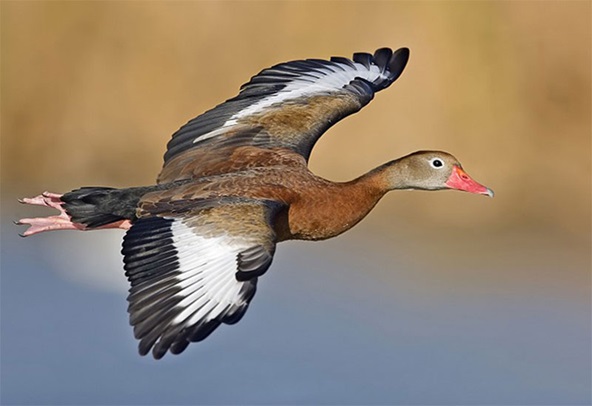
Image of a teal bird spreading its wings and flying.
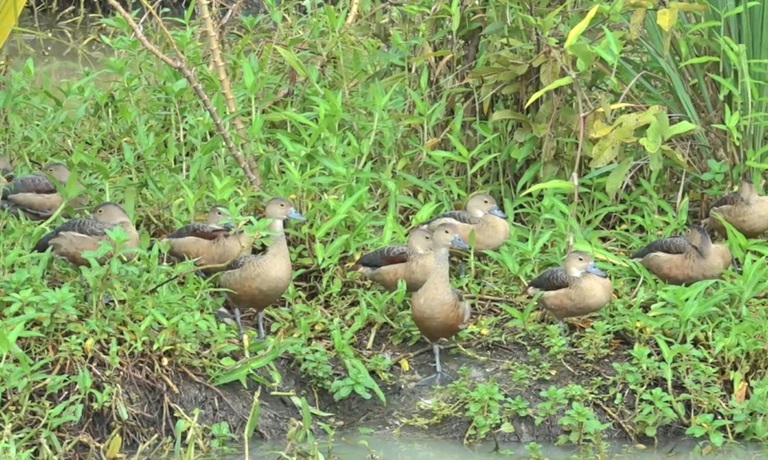
A flock of baby teals are moving down to the water.
A teal bird is swimming happily in the water.
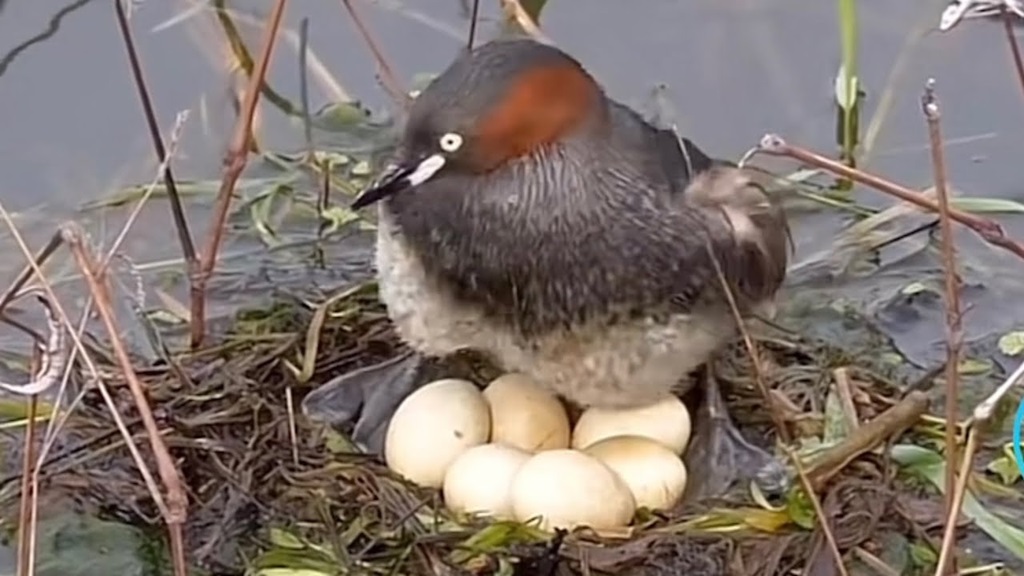
Image of teal bird incubating eggs.
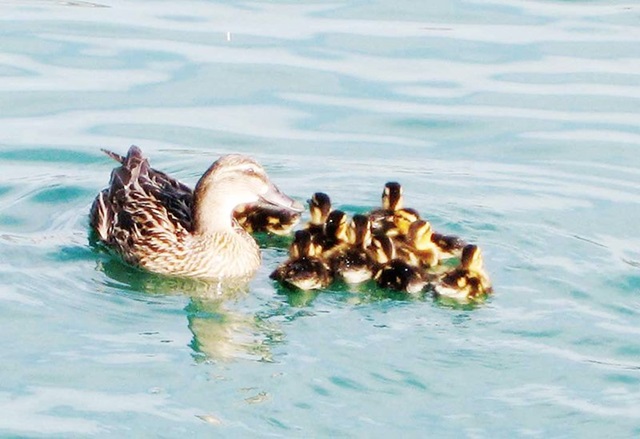
Mother teal and her chicks.
Thus, through the above article, nicebirds.net has shared detailed information about the le le bird . This is not only a beautiful ornamental bird but it also has high value in the culinary and economic sectors. Hopefully through this, you will understand and have more good tips to succeed in raising this interesting water bird.
Don't forget to visit our Blog section every day so you don't miss any other interesting articles on the topic of pet birds.

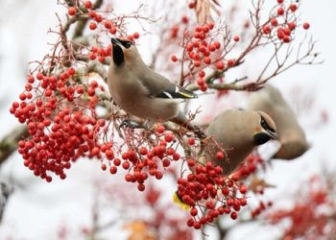

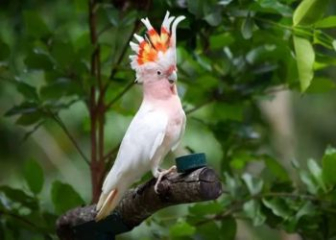
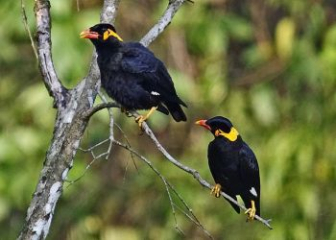
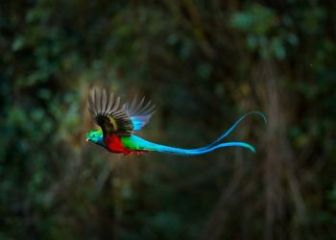





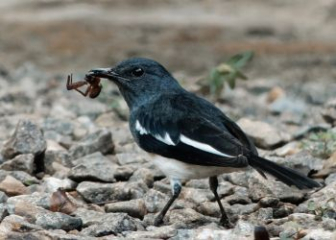
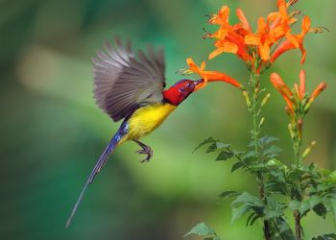


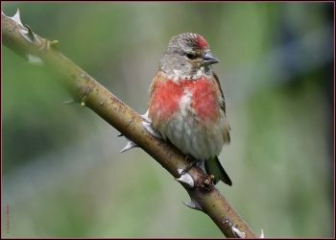
_350x250.jpg)
